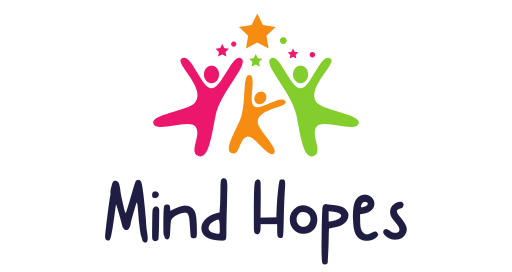Speech and Language Therapy
🗣️ Speech & Language Therapy
Empowering Communication. Enhancing Lives.
Speech and Language Therapy (SLT) helps individuals of all ages improve their ability to communicate and manage swallowing difficulties. Whether it’s a child with delayed speech, an adult recovering from a stroke, or someone struggling with voice or fluency, our expert therapists provide personalized care based on each person’s unique needs.
Our therapy covers:
Speech clarity and pronunciation
Language understanding and expression
Stuttering and fluency improvement
Voice quality issues
Social communication skills
Swallowing difficulties (Dysphagia)
We use evidence-based techniques in a warm, supportive environment—helping you or your loved ones build confidence and better communication every day.
